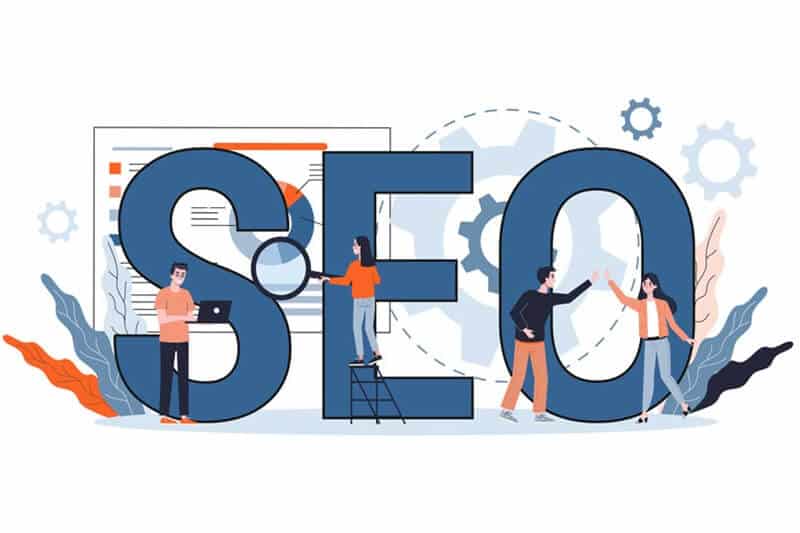Best Blogs To Get Backlinks For Higher Ranking In 2023
What is Backlink? If you want to improve your website’s ranking, you must know what a backlink is. It is a website link pointing to another site. This link helps you with search engine optimization. To learn more about the backlink, you need to know how to build them. Here are some tips that you […]

















